Affiliate links on Android Authority may earn us a commission. Learn more.
Headspace guide: Everything you need to know about the mindfulness app
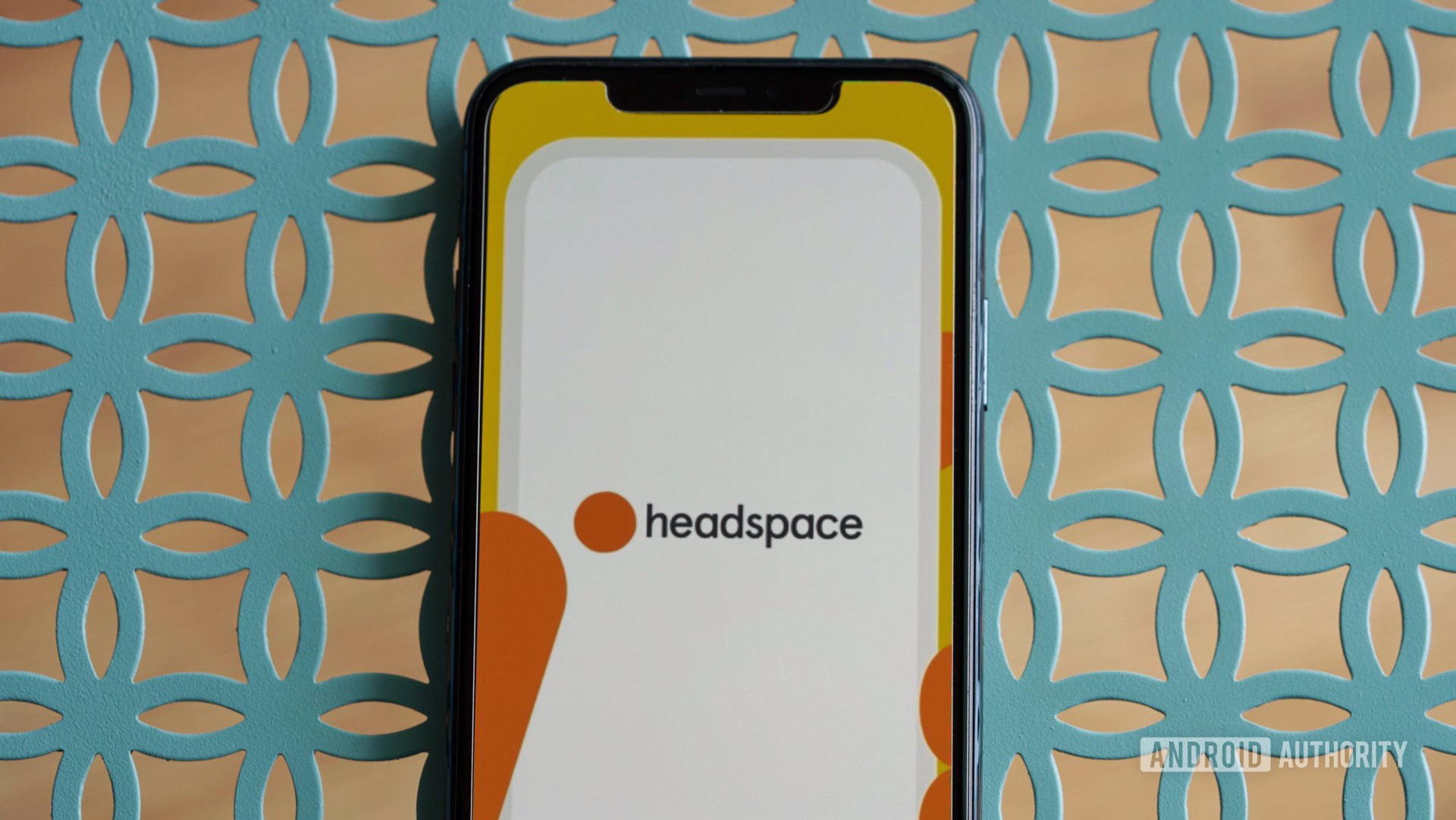
Headspace takes the mystery out of meditation and brings mindfulness top of mind. This guide covers everything you need to know about the popular wellness app.
In our on-the-go world of instant coffees, fast food, more posting, less sleeping, juggling, balancing, and cramming it all in… it can be hard to imagine slowing down. Headspace encourages users to do just that. Whether you’re experiencing stress, battling anxiety, or running short on shut-eye, the benefits of mindfulness are innumerable.
Related: The best health apps available
What is Headspace?
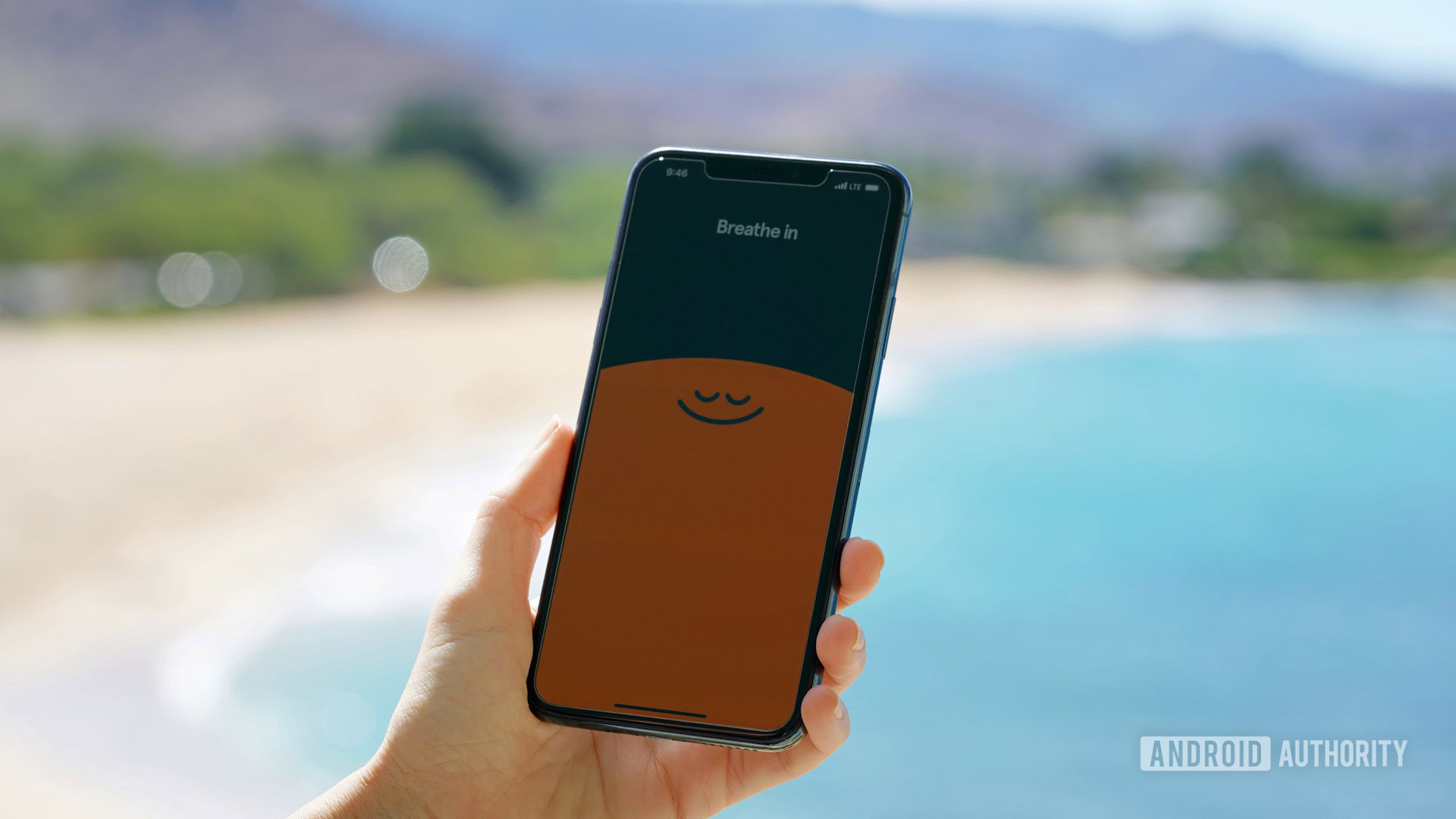
If you typically associate your devices with the hustle of work or the bustle of personal life, you may be surprised when Headspace turns your phone into a source of calm. It’s an app designed to make meditation and mindfulness more accessible — meaning you don’t have to be cross-legged on a yoga mat to tap in.
At its core, meditation is a simple, inexpensive method of accessing the benefits of mindfulness. But like any muscle, the brain needs practice and training. Headspace offers beginners a solid introduction and sturdy foundation for adopting mindfulness. For veterans, Headspace offers organization, variety, and a large library of courses and other resources.
With over 30 million users, the app is an industry leader in the category of meditation. Expert coaches guide users through meditation techniques and promote healthy perspectives while training you to focus your mind, decompress, and find a sense of ease.
Why use Headspace?
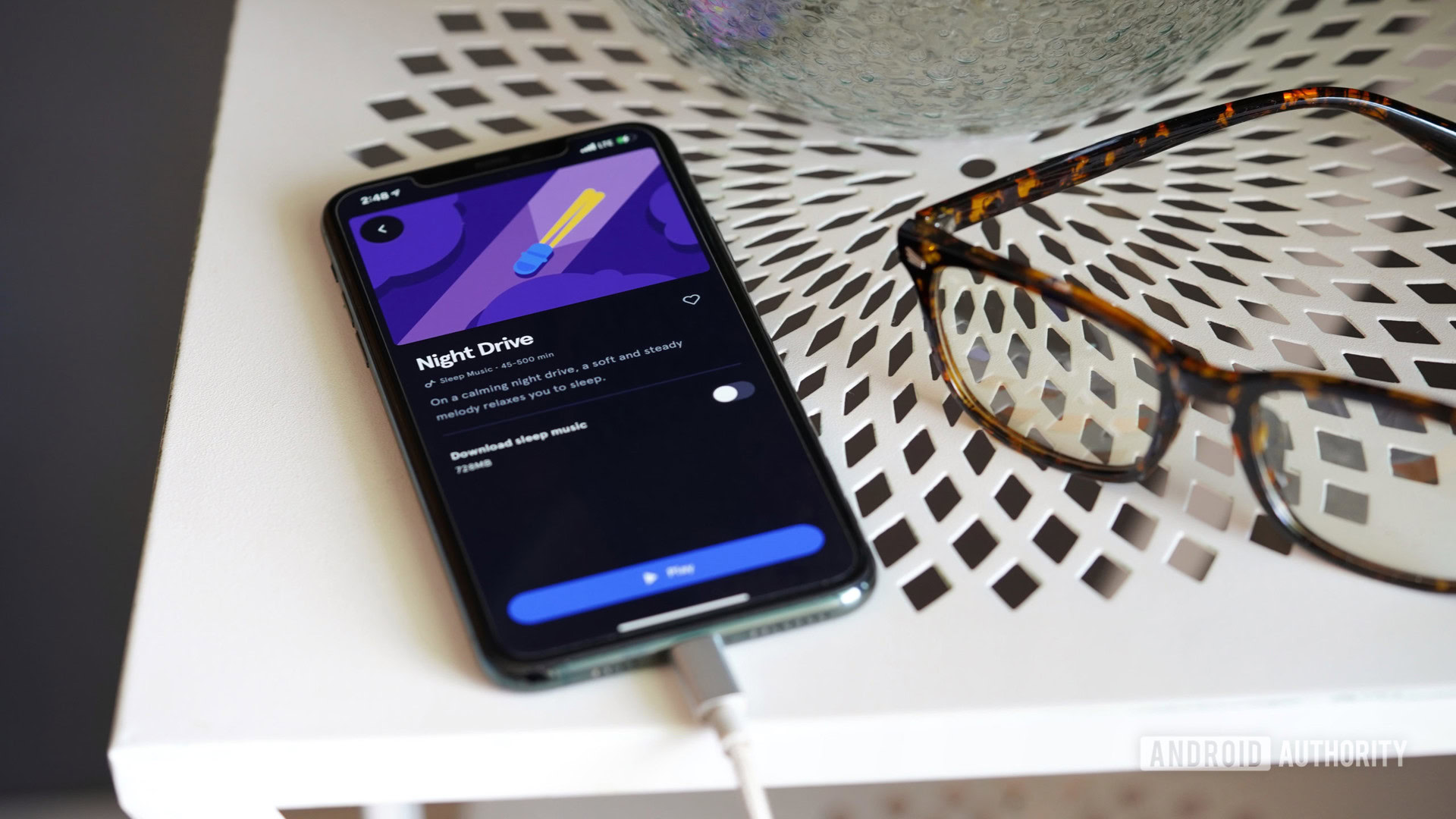
If just the word “meditation” makes you roll your eyes, it’s possible that Headspace isn’t for you. However, it’s more likely that your concept of meditation is dated, and you haven’t given modern mindfulness a fair chance. The Headspace app provides the tools and resources to manage everything from workplace stress to trouble sleeping. More importantly, it helps users learn how to direct their focus, quiet their anxieties and build mental resilience.
A look at meditation
Mental health is, without a doubt, one of the most important topics most often overlooked. Stress alone can manifest into physical symptoms, not to mention sleep deprivation, depression, and anxiety. According to the National Institute of Health, research shows meditation can reduce these and other medical conditions. Regularly slowing down, checking in and, focusing on the present are all practices with far-reaching benefits. Among these are improving your sense of control and banking better sleep.
Read more: The best sleep trackers you can buy
How the Headspace app can help
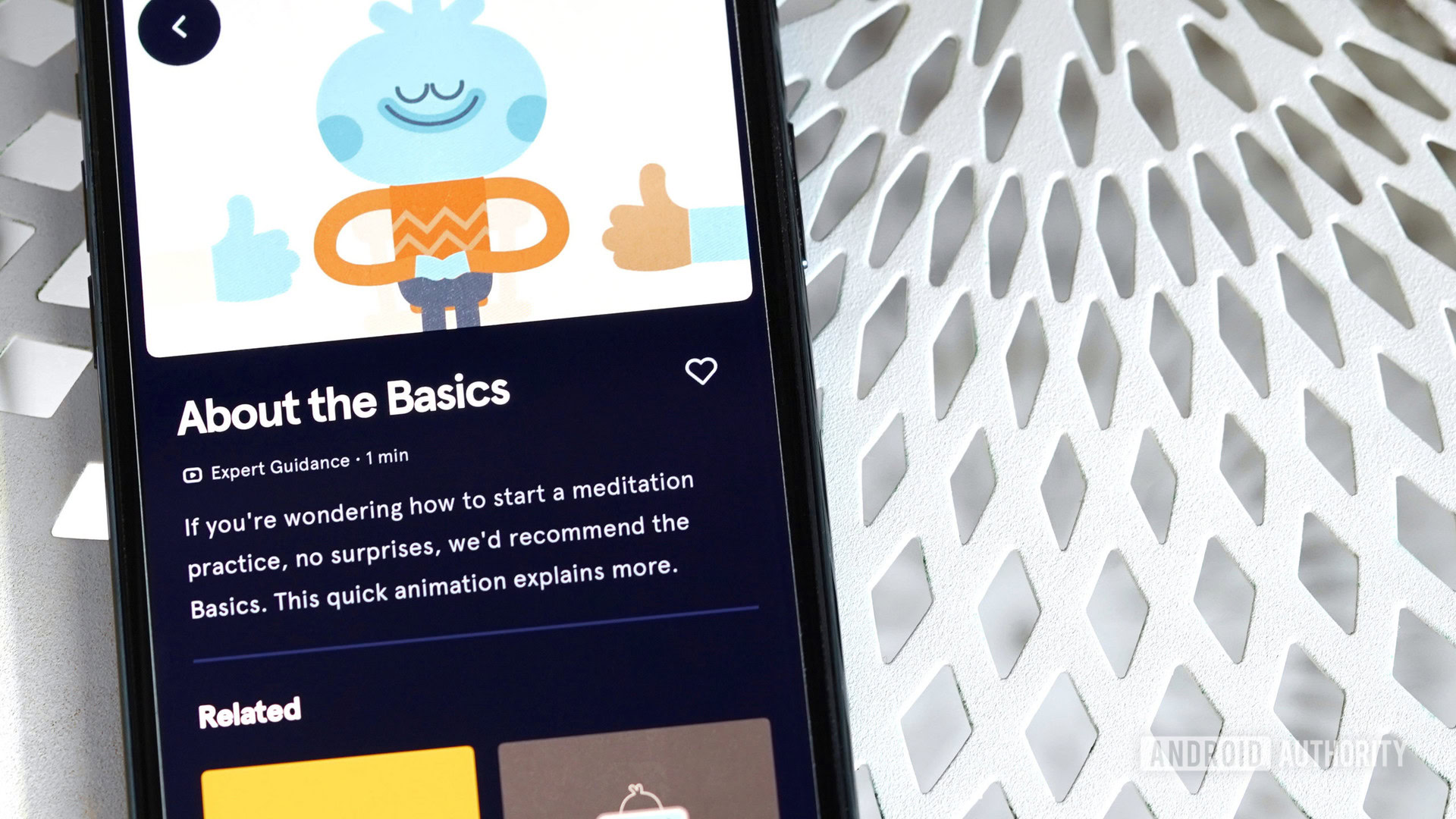
But meditation, and mindfulness in general, isn’t a quick fix. Like any healthy habit, it takes practice and repetition. It also helps to have guidance, which Headspace puts in the palm of your hand. The app makes it easy to get past any silliness you might feel about sitting in silence and counting breaths. It provides a structured, safe place to focus inward.
We put Headspace to the test with over 30 days of daily usage. According to Headspace, the long-term benefits of regular meditation include improved health and happiness. Those are hard measurables to pin down in a month, but I can certainly vouch for (at least) short-term calm and contentment.
What does Headspace cost?
Unfortunately, only limited content on Headspace is free, but paying for a subscription is a worthwhile investment. That being said, there are plenty of other mindfulness apps, so start with a free seven-day trial to see if the Headspace app is a good fit.
- Regular subscription: $12.99 a month or $69.99 a year
- Student plan: $9.99 a month
- Family plan: $19.99 a month or $99.99 a year
A Headspace family plan allows six accounts.
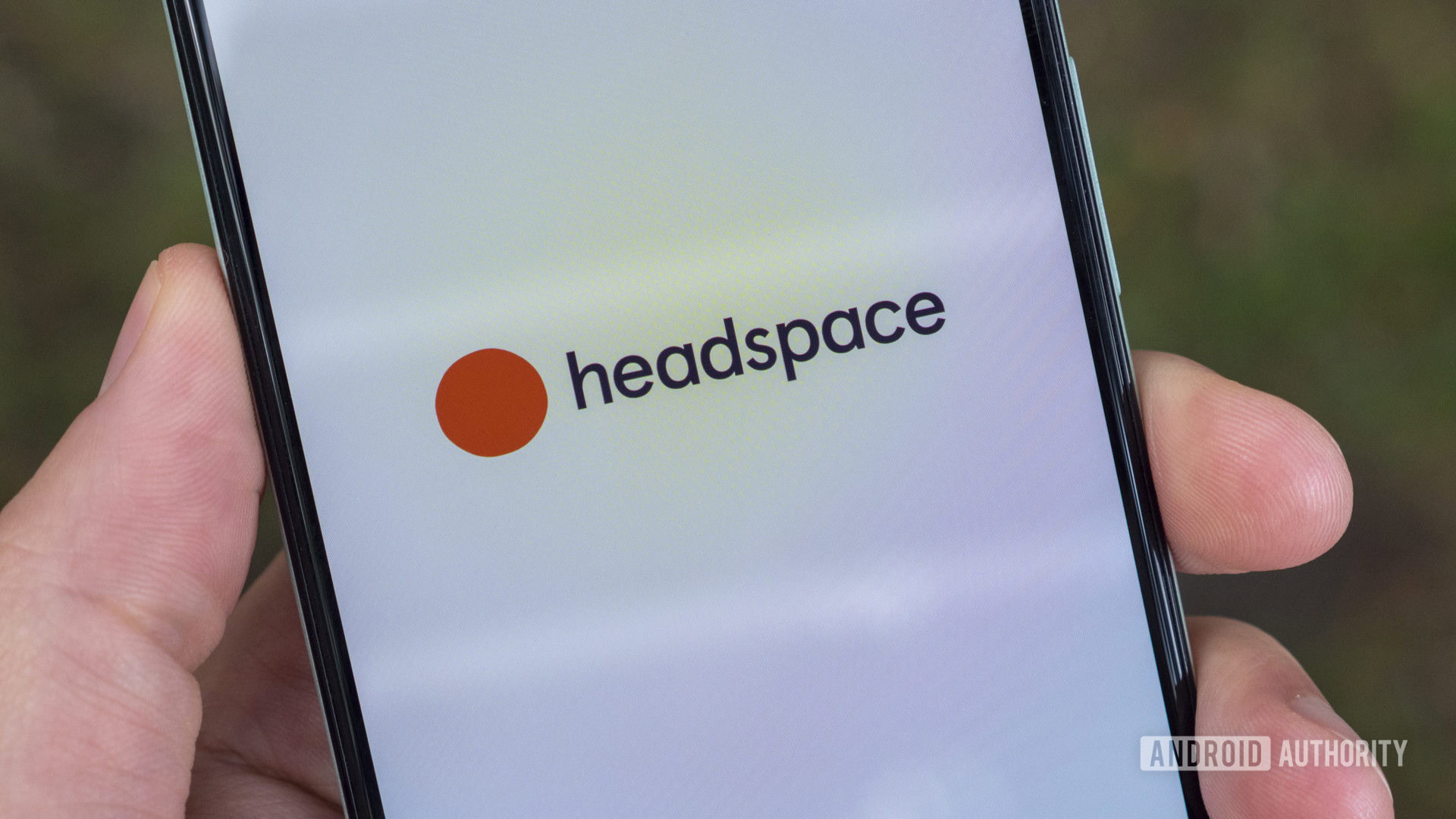
Navigating the Headspace app
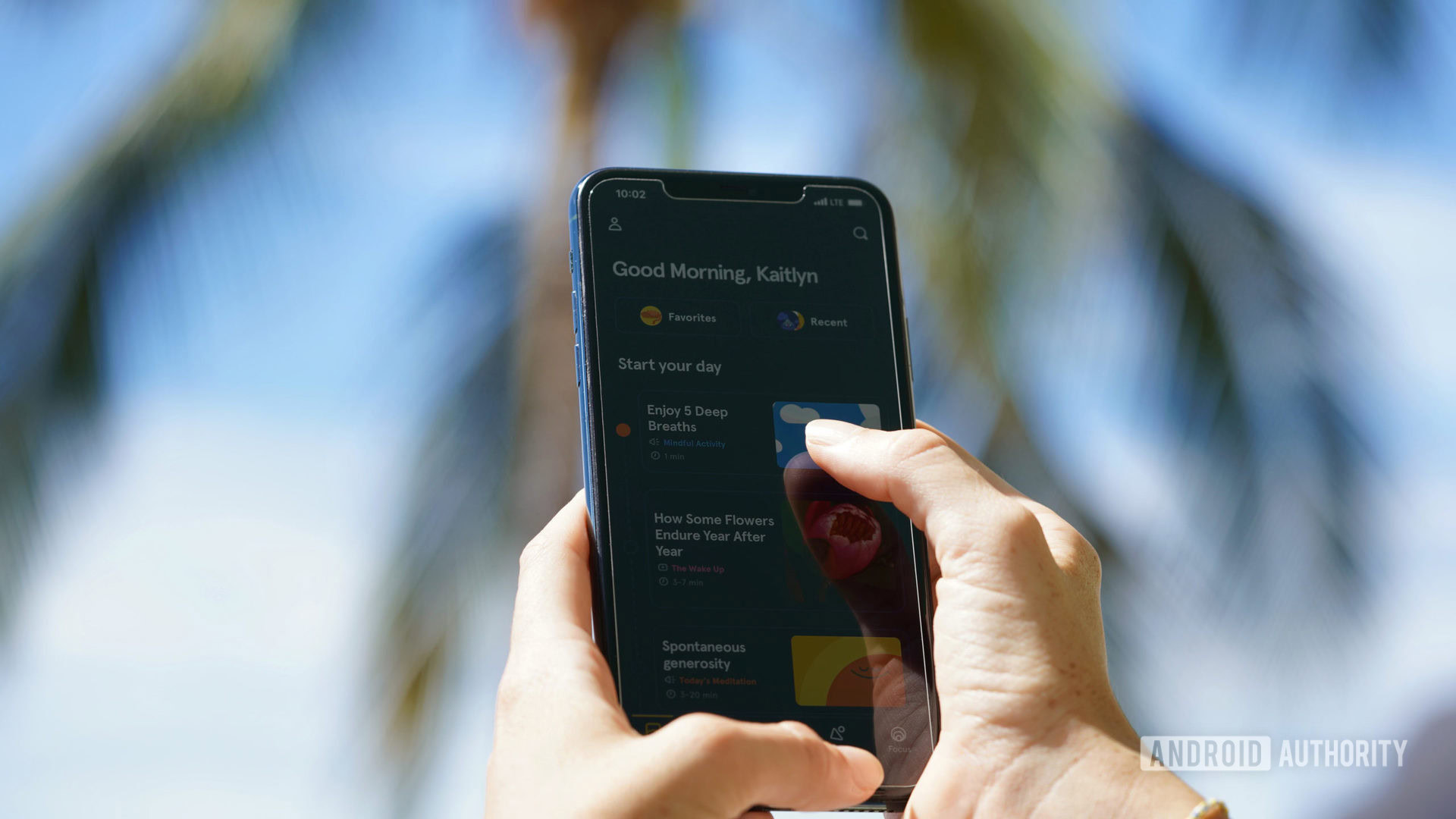
A trek through the Himalayas isn’t exactly on the table for most of us. Luckily, navigating the Headspace app is a lot easier than climbing a mountain. The major components of the app are a user profile, the Today tab for tracking your daily practice, and four main topical tabs: Meditate, Sleep, Move, and Focus.
User profile
In addition to personal information and settings, your profile is where you can track your progress and connect with friends.
You can invite friends to connect on Headspace and share encouragement throughout your practices from the Buddies tab. Under Stats, Headspace tracks your total minutes meditated as well as your streak, or how many days in a row you’ve practiced. You can also see how many sessions you’ve completed and their average duration. If your minutes look low compared to your usage, note that sleepcasts, workouts, videos, and The Wake Up don’t count. In your user Journey, you’ll find a monthly perceived stress check-in and a dated timeline of your activity on the app.
Headspace content tabs
- Today: The first tab, and the screen your app will open to, is the Today tab. Here, Headspace recommends different exercises and techniques for you to try each day. These include a deep breath mindful activity (often featuring an adorably overweight cartoon cat) and a Wake Up, which is a short, themed video for setting the day’s tone. You’ll also see a daily meditation, an afternoon lift, and a wind-down or sleep tool for the evening. The today tab is also where you can access your favorites and recent sessions.
- Meditate: The meditate tab is a mindfulness toolbox. It houses meditation courses and singles classes, timed sessions, techniques, and support. Meditation is called a practice because you actually have to practice it. That means giving yourself grace when your mind wanders or thoughts sneak (or stomp) their way in. This is one of the hardest hurdles for beginners, but if patience weren’t so easily lost, it wouldn’t be so exemplary to have it. For those new to meditation, this tab is where you start with the Headspace beginner’s course or search for a meditation that fits your mood. It’s also where you’ll find the SOS library, full of three-minute mini-sessions for when you’re in a pinch. These titles include situations like “Flustered” and “Burned Out.” Finally, the meditate tab is also where you can tap into live group meditations.
- Sleep: For the minds that keep wandering well past lights-out, Headspace offers the Sleep tab. Many adults face the mental and physical effects of a curtailed sleep schedule. Sleep by Headspace provides guided bedtime meditation sessions and wind-down exercises, and tons of resources for building better sleep hygiene. Once you hit the hay, cue up a Headspace sleepcast or soundscape, or tune into sleep radio with over eight hours of soothing background noise. If you wake in the middle of the night and have trouble dozing back off, tap into Nighttime SOS for guided exercises that will help you sink back into a restful sleep.
- Move: Meditate while elevating your heart rate. In this tab, Olympic athletes Kim Glass and Leon Taylor lead low-to-medium impact and cardio exercise sessions. Each session features an emphasis on mindful fitness. They teach users focal points like breathing, form, timing, and intention, as well as gratitude and reflection. Never far from the action, founder Andy Puddicombe leads cool down and rest day meditations. If you don’t see this tab on your device, don’t spiral out looking for some setting you somehow fudged. In a classic “it’s not you, it’s me” moment, it really is your Headspace app; most likely an outdated version. Simply delete and reinstall the app, and the tab should appear.
- Focus: Here, you can find focus music and exercises, breathing exercises, and soothing soundscapes. For a quick fix, tap into Energy Shots by Kevin Hart. These mini, themed pep talks provide the motivation of a life coach in a one-minute sound bite. The focus tab is also where you will find Mindful Earth immersive videos (think nature documentary but without any narration). I found these clips extraordinary. If you don’t know what a submerged baby elephant sounds like doggy paddling, you’re in for a treat.
Find and favorite content
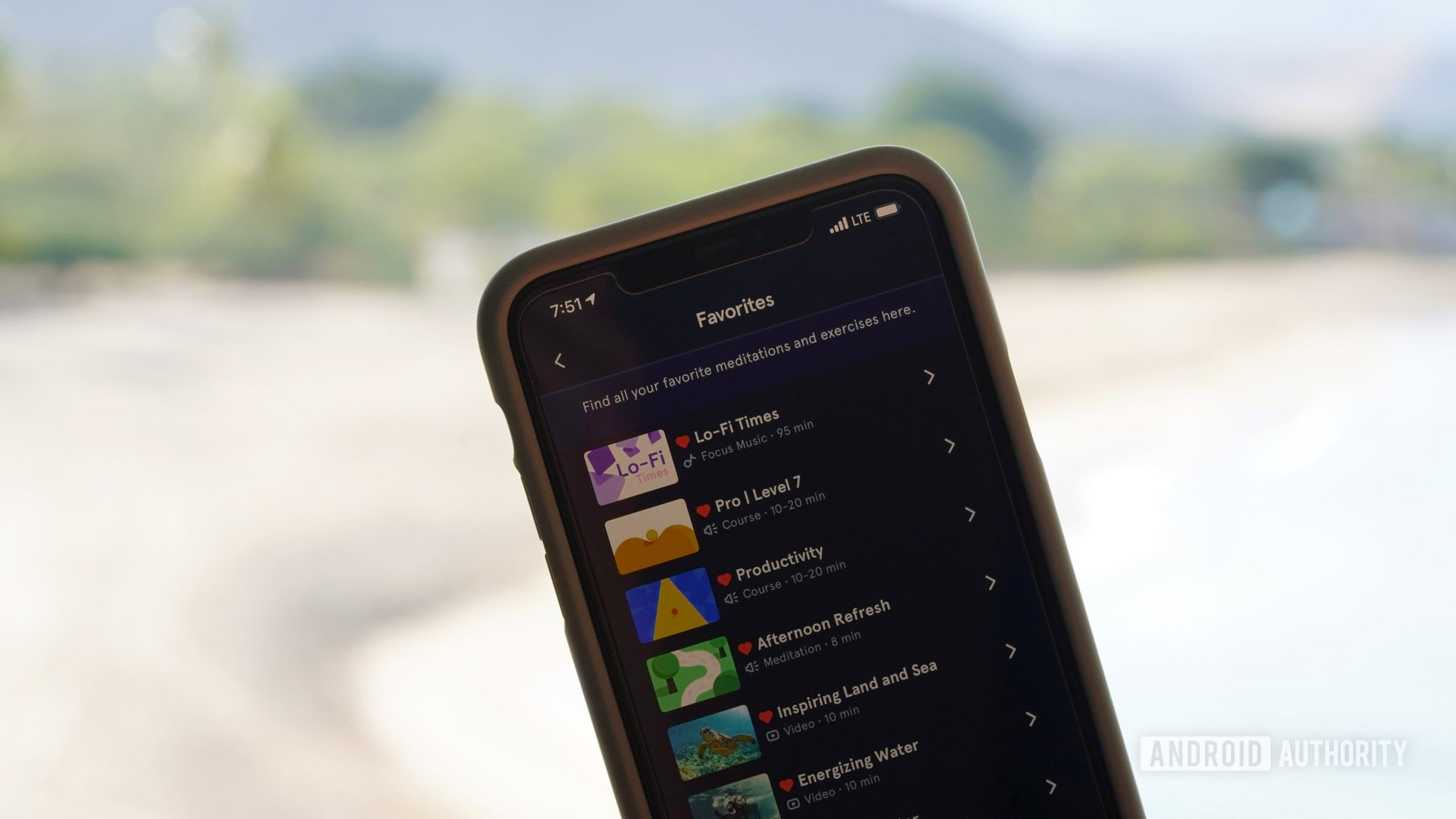
The Headspace content library is extensive, to say the least. Targeted sessions help users find meditations and coping tools for a wide range of everyday experiences. To find the right content for a particular need, you can search the Library by tapping on the magnifying glass icon in the top right corner. Categories include everything from mindful eating to navigating injustice to managing work stress. You can also search for content based on topics or keywords like “burn-out” or “stress,” or by a specific concern such as “why can’t I sleep?”
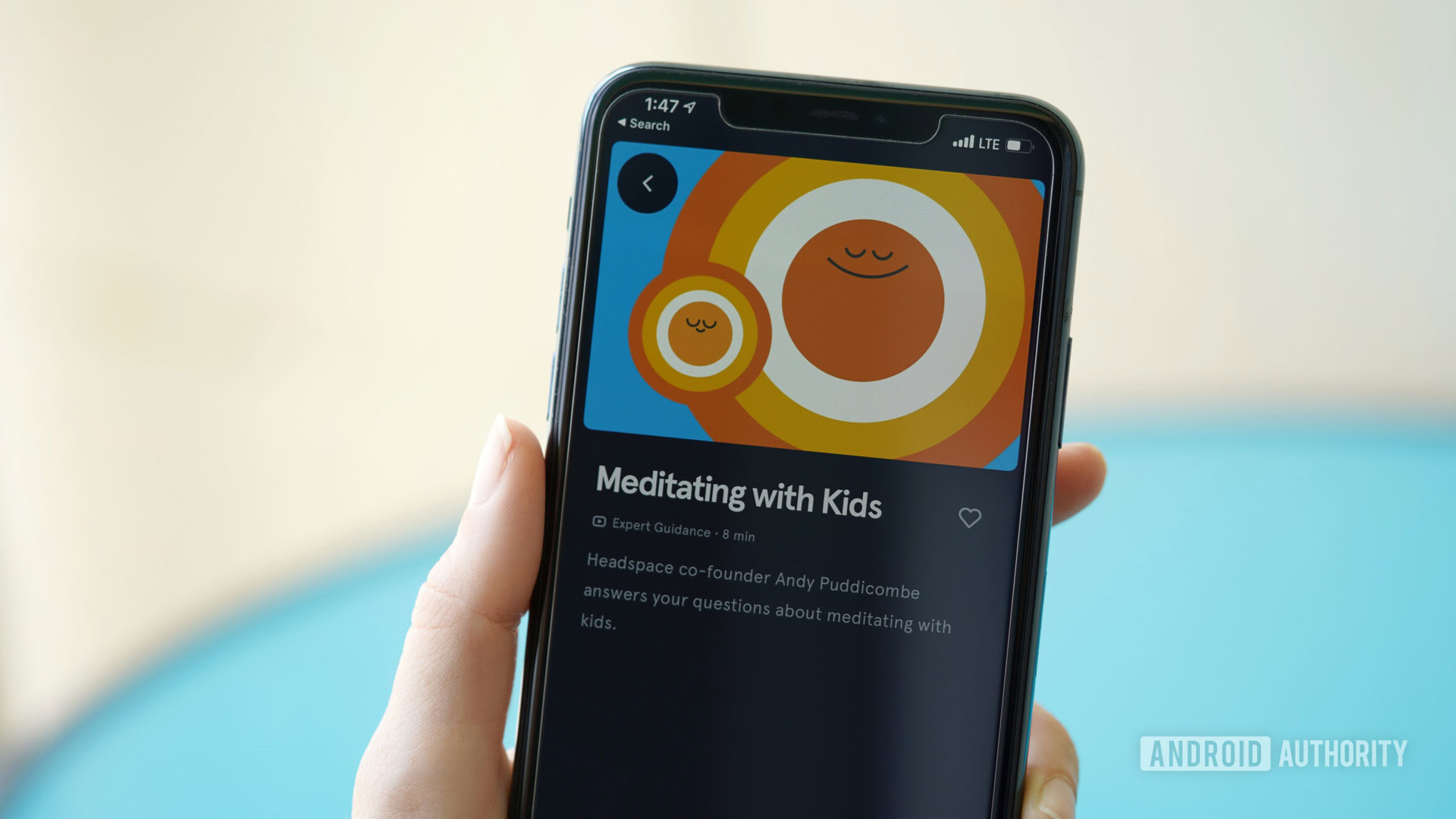
There is also considerable content developed specifically for kids (plus teachers and parents of kids). This includes back-to-school prep and classroom management, as well as daily mindfulness and bedtime resources. Recently, Headspace teamed up with the characters of Sesame Street to make even more kid-friendly content for the app’s tiniest users. The fact is, it’s never too early to help children develop positive thinking and emotional intelligence.
Once you find the content that works for your practice, you can favorite it for quicker access. To add sessions you loved to your favorites, follow the steps below.
- From the Headspace library, select the meditation or exercise you would like to favorite.
- Tap the white heart outline next to the session title. The heart should fill in red.
- Enjoy easy access to your selections by tapping the favorites widget in the Today tab.
Set personalized app features
With users in over 190 countries, Headspace enables users to choose between English, French, German, Spanish, and Portuguese content. You can swap from the default language on your device in your user profile. Tap the gear icon in the top right corner, then tap Language to choose your preference.
The Headspace app is also available in dark mode (as shown in the photos in this review). To use Headspace in this mode, make sure you have the latest version of the app installed. You will need to set the mode in your iPhone or Android device settings as there is no dark mode setting within the Headspace app itself.
The Headspace aesthetic
A note on Headspace’s vibe. Headspace features a unique and playful style that some users love but others may not. I personally found it aggressively colorful at first, but I also have predominantly neutral-colored clothing hanging in my closet. After a few days, however, I genuinely looked forward to the pulsating orange blob and other smiling shapes of my Headspace app. Like many users, I find the organic shapes comforting, albeit a bit whimsical.
All this to say, meditation apps come in a myriad of palettes and styles. If a slumbering cartoon moon really sets you off, you might want to look at other options.
Other apps like Headspace
If an app isn’t intuitive to you personally, it might become a source of stress rather than relief. Many other apps like Headspace exist that may be a better fit for you. Whether it’s a style, structure, or specific coach that wins you over, find the app that will keep you committed.
- Calm: A highly rated alternative to Headspace, Calm requires a subscription comparable to Headspace but attracts users looking for less structure. Calm also offers a number of similar features to Headspace, including sleep stories.
- Balance: A popular option for beginners, Balance is a no-nonsense app with guided meditations that are short and manageable. The app provides a personalized meditation plan based on users’ goals (i.e., reduce stress or improve sleep).
- Insight timer: An app with, frankly, a staggering amount of content, Insight timer offers access to an extensive library of meditations you can filter by topic, time, or specific need.
- Let’s Meditate: While pretty basic and stripped down, this is one of the few completely free Meditation apps available.
Offline listening
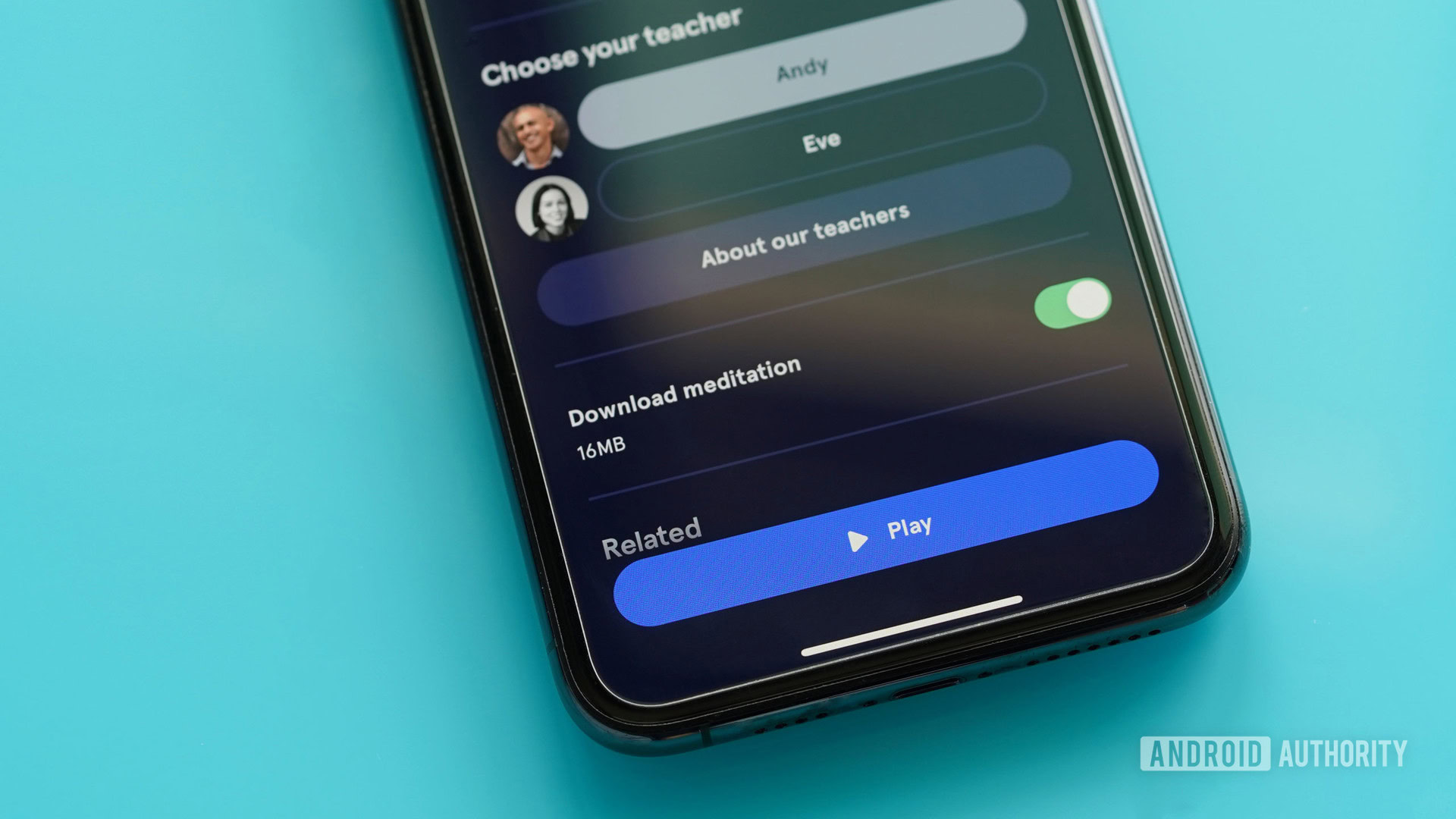
Headspace is all about practicing mindfulness anywhere, anytime. To that end, you can download meditation sessions to your phone or tablet by following the steps below.
- Open the Headspace app on your device and tap the magnifying glass icon.
- Search for and tap the meditation course or single you would like to download.
- Tap the Download toggle on that selected page to start the download.
You can find your downloaded materials in your user profile by tapping the gear icon and then tapping Downloads.
Where to access Headspace
Headspace is accessible online at Headspace.com or on the Headspace mobile app. The Headspace app is compatible with the devices below and can be purchased from the App Store or Google Play Store.
- Apple iPhones, iPads, or iPod Touch with an operating system of iOS 13 or later
- Android phones and tablets with an operating system of 5.0 or later
An iOS companion app is also available for accessing Headspace on the Apple Watch Series 6, which offers users access to limited content and practice prompts. Additionally, Headspace Mindful Minutes can be synced to the Apple Health app as well as Google Fit.
Handsfree Headspace
Hey, Google, tell Alexa to meditate. Headspace subscribers can now connect their accounts to Google Assistant and Alexa to access content handsfree. This works on all devices where the respective assistant is available. Users can play sleep sounds over an Alexa speaker or ask Google Assistant to start a daily meditation.
Headspace on Netflix

The minds behind the popular Headspace app have brought even more content to your TV. Headspace resources are now available to stream so you can Netflix and breathe?
- Guide to Meditation: This eight-part series offers a comprehensive introduction to meditation plus practical tips for dealing with life’s everyday stressors.
- Guide to Sleep: If you’ve purchased an extra-long phone charger so you can reach your screen in bed, this series is for you. Coach Eve calls out detrimental bedtime habits and teaches viewers the tactics behind better sleep hygiene.
- Unwind your Mind: An interactive experience, this Netflix special ties together the lessons users picked up from the app and other Headspace series.
The Headspace app is easy and approachable — no prior experience or chanting mantras necessary. It’s stripped of jargon that often turns skeptics off from mindfulness, bringing the ancient art of meditation to the back pocket of the modern user. Within the app, skill-building is clear and cumulative, with results you can truly feel. Like any habit, once you get the momentum rolling, it’s easier and easier to consistently practice. The structure and professional guidance are perfect for users with busy lifestyles trying to carve out time for their mental wellbeing.